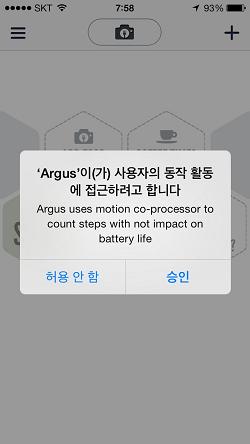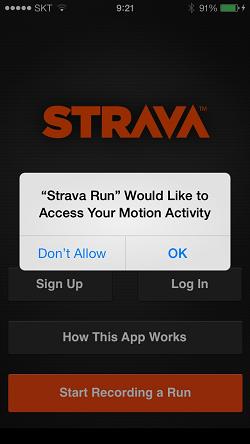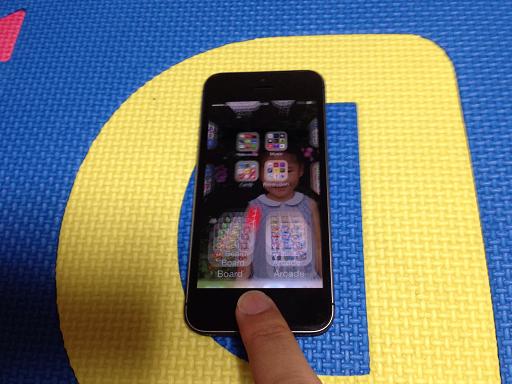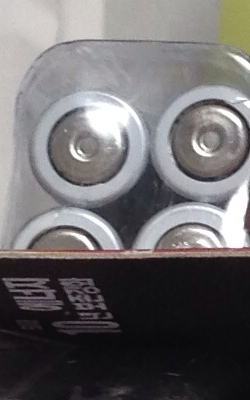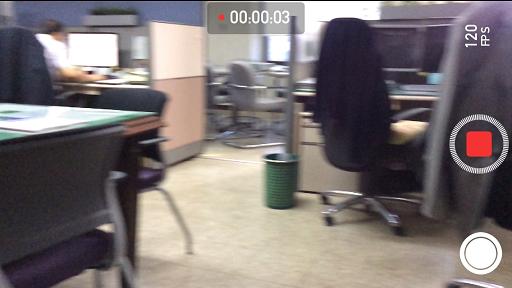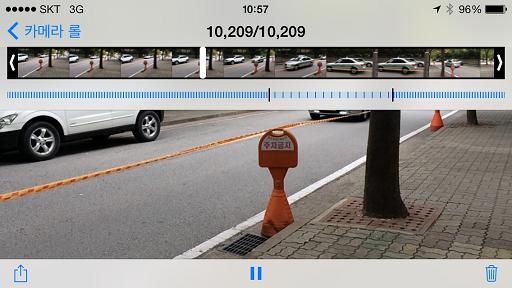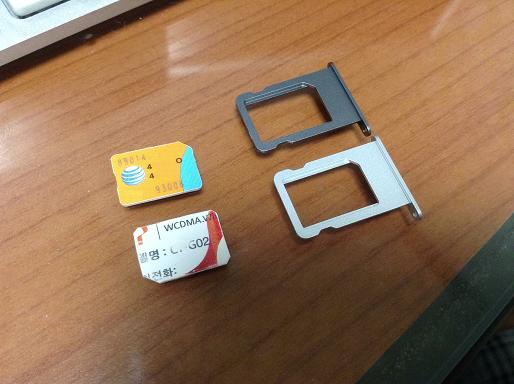M7: Motion coprocessor for iPhone 5S
Posted by Wesley onProbably the biggest new feature in the iPhone 5S that is completely hidden to an outside observer is Apple M7 (NXP LPC18A1), the motion coprocessor that handles a variety of sensor inputs (accelerometer, gyroscope, and compass) independent of the main processor, A7. Its main potential use is for health and fitness apps, and rightly so, they are the first apps to take advantage of it. Argus (Sept. 20) and Strava Run (Sept. 24) were updated right after iPhone 5S release to use M7. I see it as a big feature because this would enable a lot of apps to poll sensor data without draining battery much at all.
Interesting enough, when you run an app with M7 support, you'll be asked to allow access to motion activity. This is a good sense on Apple's part because these data can be easily used to track user's habits. GPS data merely tells you that a person was there. Motion activity data tells you how you were moving around there very precisely. Let's take a more careful look.
